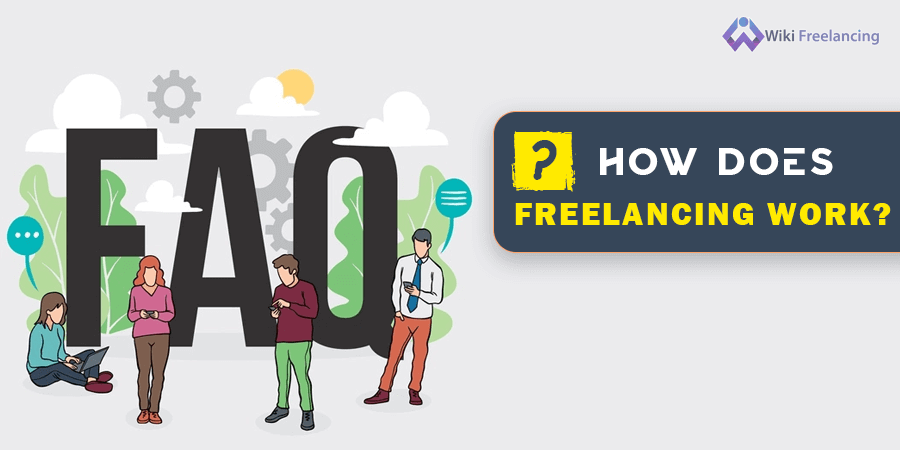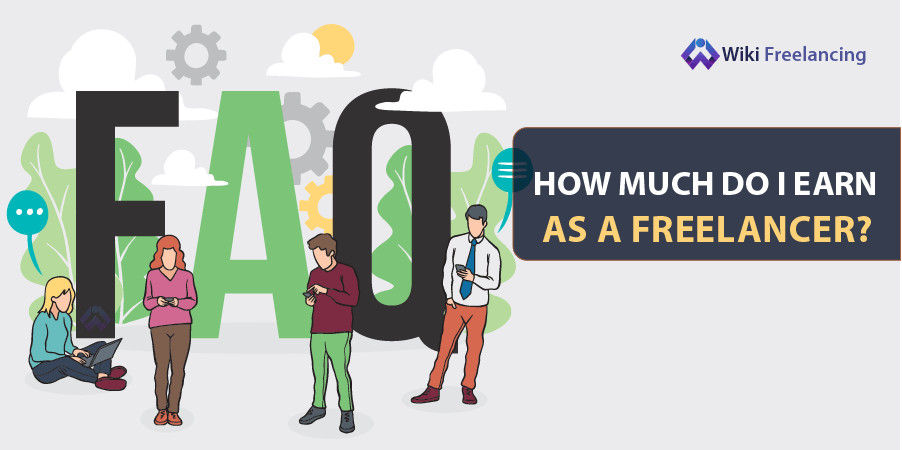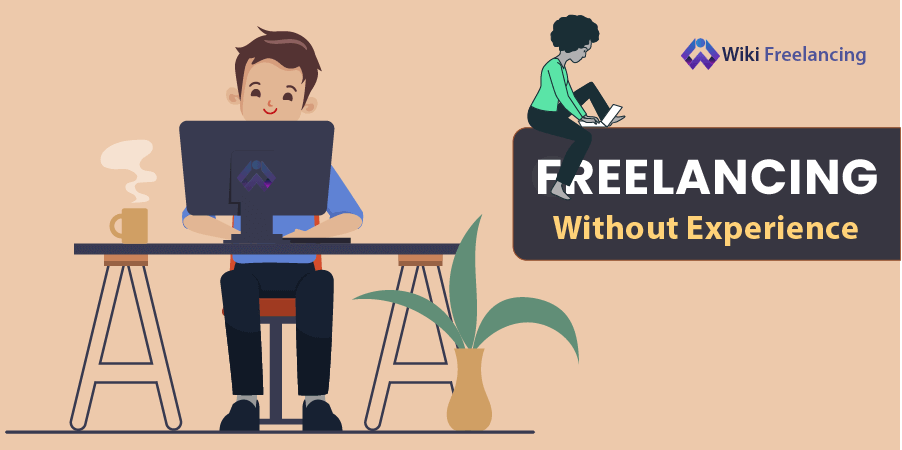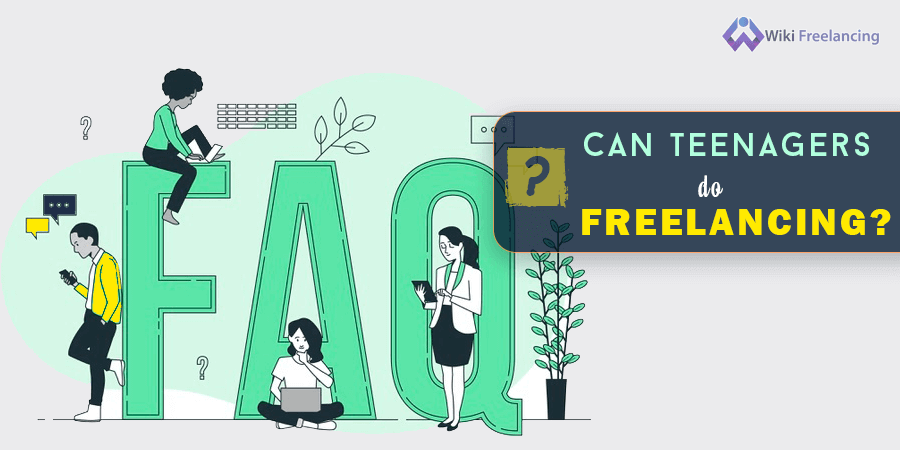Freelancing is selling your services/skills online in exchange for money from your clients worldwide, from the comfort of your home. Many freelancing platforms allow you to advertise and sell your skills/services at your own pace, quote, and duration of work.
How does freelancing work?
- Get a skill/service to offer
- Create freelancing accounts and list them
- Buyers send you jobs worldwide
- You do the works and deliver them
- And make huge money remotely
- Then put it on repeat.
Freelancers all over the world repeatedly ask some questions, especially at the beginning and intermediate level of their freelancing careers. These freelancing questions are recurring from time to time, and our WikiFreelancing experts are committed to answering and updating all the Freelancing frequently asked questions for you to make the most out of your Freelancing Career.
How does freelancing work?
Freelancing is a type of work arrangement where individuals work on a project or task for a client on a temporary or project basis. Unlike traditional employment, freelancers work independently and are not tied to any particular company or employer. Freelancers can work from anywhere and set their own hours, allowing them to have more control over their work-life balance.
Here’s how freelancing typically works:
1. Finding Clients
To start freelancing, the first step is to find clients who are looking for the services you offer. There are many ways to find clients, including word-of-mouth, networking, and online job boards and freelance platforms such as Upwork, Freelancer, or Fiverr.
» MORE: How To Start Freelancing Successfully
2. Pitching Your Services
Once you have identified potential clients, the next step is to pitch your services to them. This may involve submitting a proposal, a resume or portfolio of your work, or simply reaching out to them and introducing yourself.
[ads]3. Agreeing on Terms
If the client is interested in working with you, the next step is to agree on the terms of the project, including the scope of work, deadlines, and payment. It’s important to have a clear understanding of what is expected of you and what you can expect from the client to avoid any misunderstandings or disputes.
4. Completing the Work
Once the terms have been agreed upon, you can start working on the project. As a freelancer, you are responsible for managing your own time and ensuring that you deliver high-quality work on time and within budget. Communication with the client is key to ensure that the project stays on track and that any issues or concerns are addressed in a timely manner.
» MORE: 63 Fantastic Reasons To You Should Start Freelancing Today
5. Getting Paid
After completing the work, the final step is to get paid. Payment terms should have been agreed upon before starting the project. Many freelancers use online payment platforms such as PayPal or TransferWise to receive payments securely and quickly.
In conclusion, freelancing is a flexible and rewarding way to work that allows individuals to work on their own terms and be their own boss. It involves finding clients, pitching your services, agreeing on terms, completing the work, and getting paid.
With the rise of freelance platforms and the growing demand for freelance services, freelancing is a viable career option for many people. However, it’s important to remember that freelancing comes with its own set of challenges, including finding clients and managing your workload, and requires a certain level of discipline and self-motivation.
» MORE: Mind-Blowing Reasons To Become A Freelancer Today
Here’s is one question, “How does freelancing work”? And, we hope you now have a full insight. See how to start freelancing the best way.
[ads]Please, ask your own Freelancing question using the comment section below, and our experts will answer it and publish it.
» MORE: Explore all Freelancing FAQs






That would be great, Noella. Best of luck!